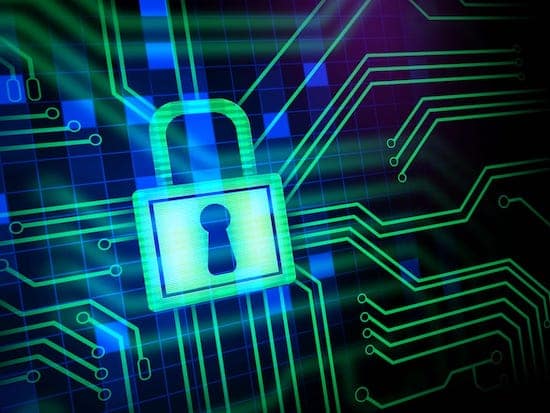Enterprise Security in 2020: 12 Things To Pay Attention To
by Kalyn Stockman
In the new year, cyberthreats will continue to grow. It is extremely important that your enterprise puts reliable and effective safety measures into place to protect confidential data and information.
This blog will cover 12 aspects of security that you must consider while building your 2020 enterprise security plan, and why they are each important.
1. Audits
Does your enterprise conduct audits regularly? An audit is an analysis of a company’s operations, and is one of the best ways to detect and prevent various forms of cyber threats and fraud. A regular audit system will also hold employees accountable to their security efforts.
2. Content Management & Data Storage
How you manage your content and data is directly related to the state of your enterprise security. Some factors you’ll want to consider are: your plan for discarding data you no longer need, whether or not your content is encrypted in transit and at rest, and the privacy of your customer data.
3. Backup & Recovery
In an era of unprecedented malware and ransomware attacks, enterprises are under siege. The simple act of investing in backup solutions is a fundamental part of an enterprise security strategy. While you may try your best to prevent all security threats to your enterprise, you can never be too safe. You’ll want to have a solid backup and recovery system in place, in the case that you do face a security breach and risk losing valuable information. Backup and recovery is growing in importance as the era of the digital enterprise rises.
4. DTM/ e-signature
E-signatures are helpful in establishing a secure way to verify identity during transactions. Make sure that your digital transaction management (DTM) provider meets security standards for identity, cloud and content storage, and replication.
5. Multi-factor Authentication and Security Keys
Multi-factor authentication serves as an added layer of protection to ensure that only verified personnel have access to sensitive information and accounts. Instead of giving somebody access immediately, there will be a combination of two or more factors used to verify identity.
A new identity protection technology to consider is a security key. This physical key helps stop account takeovers by adding an extra layer of protection for your private accounts. It makes the login process safer, quicker, and more modern.There are various providers, including Google, Nitrokey, and YubiKey.
6. Email & Calendar Protection
It is likely that sensitive content can be found in emails passed around your enterprise. It is important to make sure that your employees use strong passwords, and that you use multi-factor authentication for email accounts. You should also choose your email provider carefully, making sure that they have safety measures in place such as automatic flagging of emails and encryption of messaging.
7. Call & Meeting Protection
Make sure that your unified communications and collaboration (UCC) and audio tools are not a significant risk factor in your enterprise. Make your employees aware of the risks associated with audio and video meeting tools, and conduct audits to ensure that your web and video provider has proper security measures in place.
8. Monitoring
Monitoring activity within your enterprise is key. Regularly monitor internal network traffic, and watch for any suspicious activity at all times. You should also consider equipment tracking in your enterprise, to monitor where your enterprise equipment is and who is using it.
9. Provider Transparency
All application providers that your enterprise choses to use should be thoroughly examined in regards to privacy and security standards. Establish a security checklist outlining your standards for new providers, and do not stray from it.
10. Privacy Policy & Terms of use
Having a privacy policy and terms of use listed on your website is very important. These documented policies disclose your practices on protecting personal information of users. You should also make it a priority to update the terms listed on your website whenever a policy in your enterprise changes.
11. Contracts & Intellectual Property
Contracts are key to security whether it is a customer or employee-facing contract. Agreements and contracts with customers should always be documented in written form. Customer complaints should also be documented in writing. As for employee contracts, you must have a written program for managing intellectual property rights, and develop contracts that prove mutual agreements of these standards.
12. Human Resources
Your HR team plays a huge part in establishing and maintaining security efforts. From background checks, to security training, to exit procedures, to remote work protocols, HR should ensure that safety and security measures (both cyber and physical) are strong within the enterprise and all of its employees.
This blog provides a brief outline of these 12 aspects of enterprise security. To dive further in depth, download our free Enterprise Security Checklist. Our checklist offers several items in each of the 12 categories to consider while examining your enterprise’s current state of security. Don’t miss out on your free download!



Have a Comment on this?